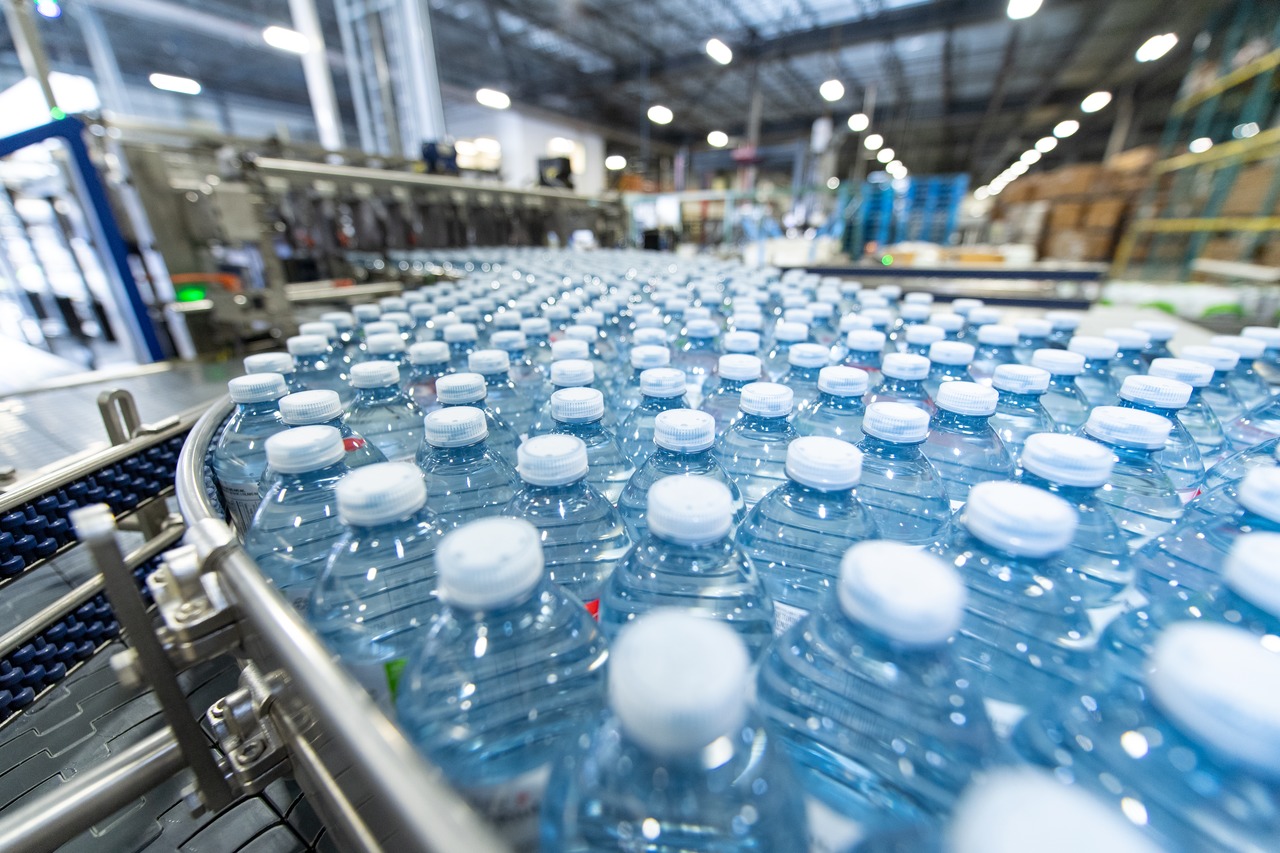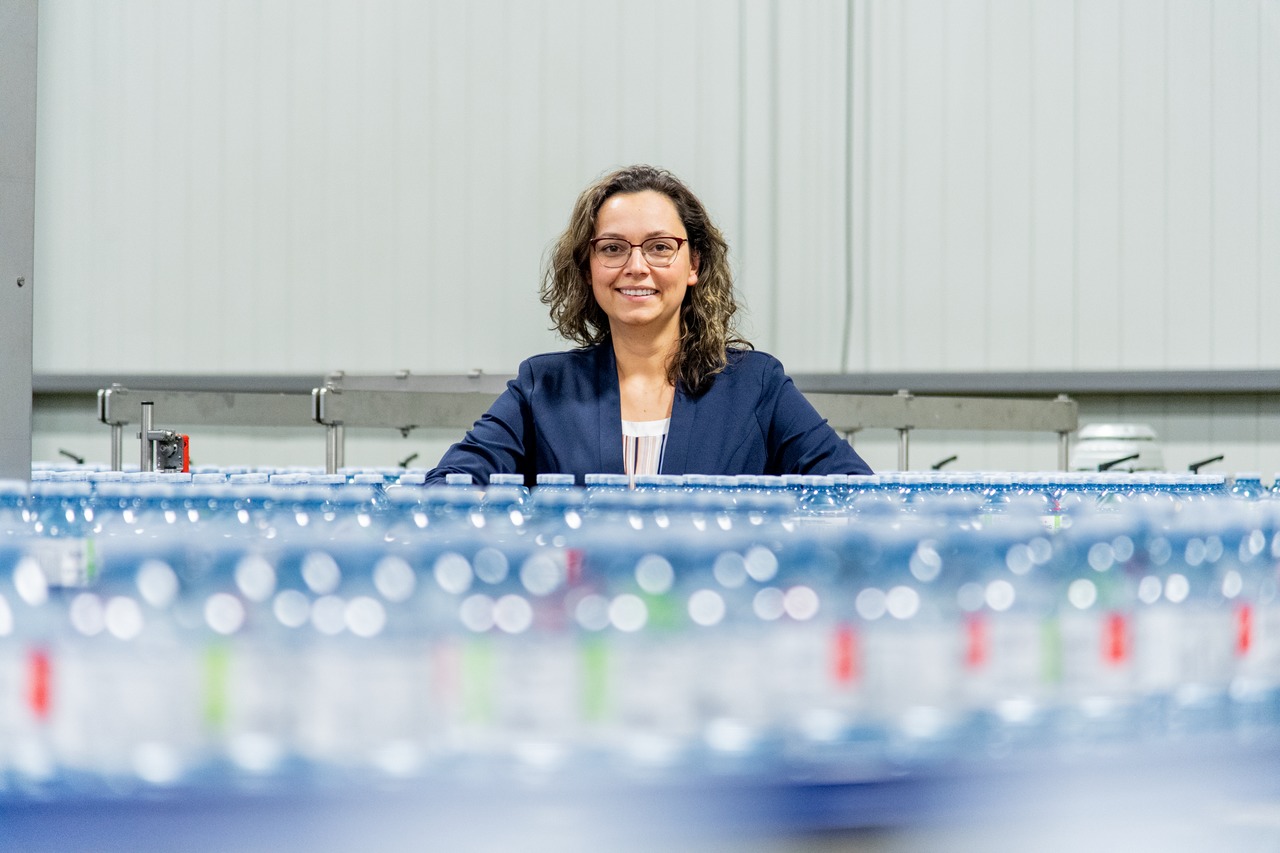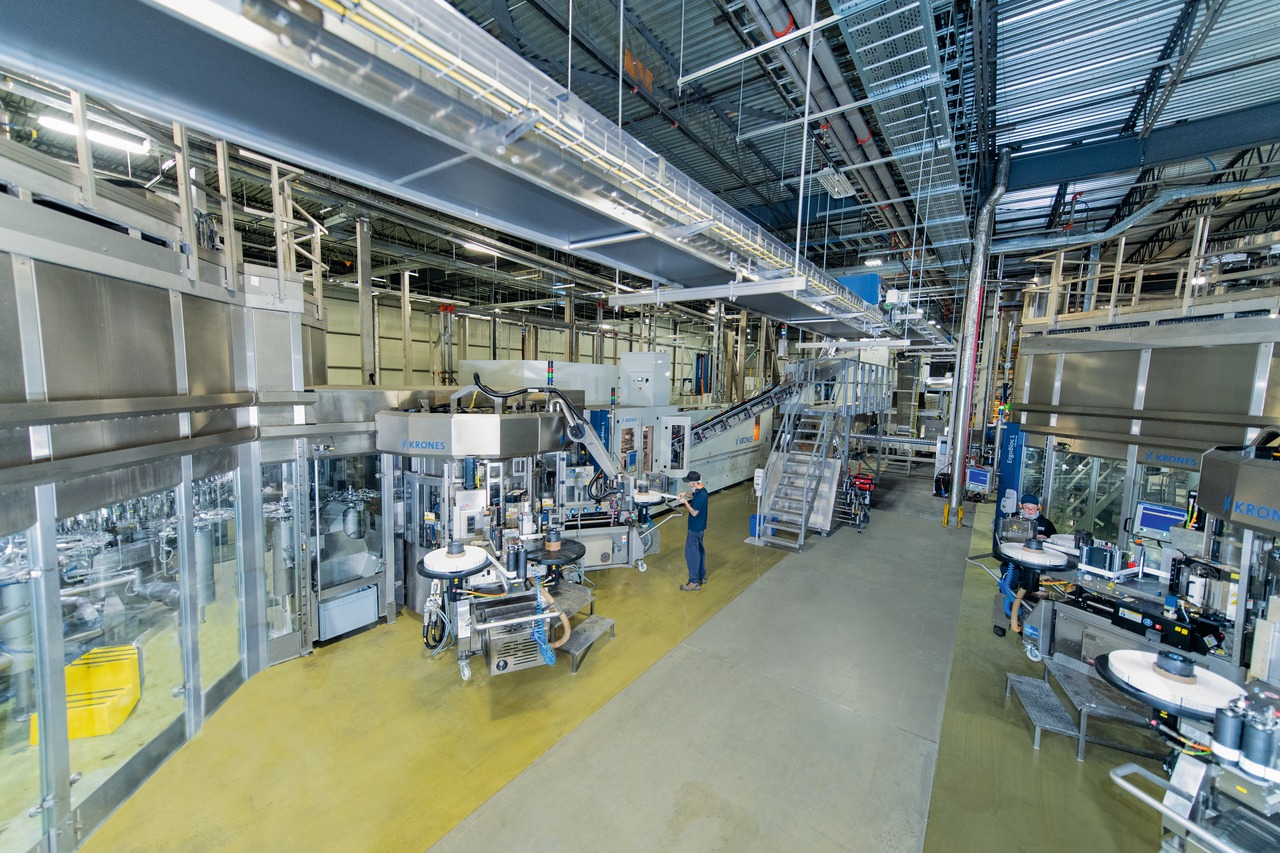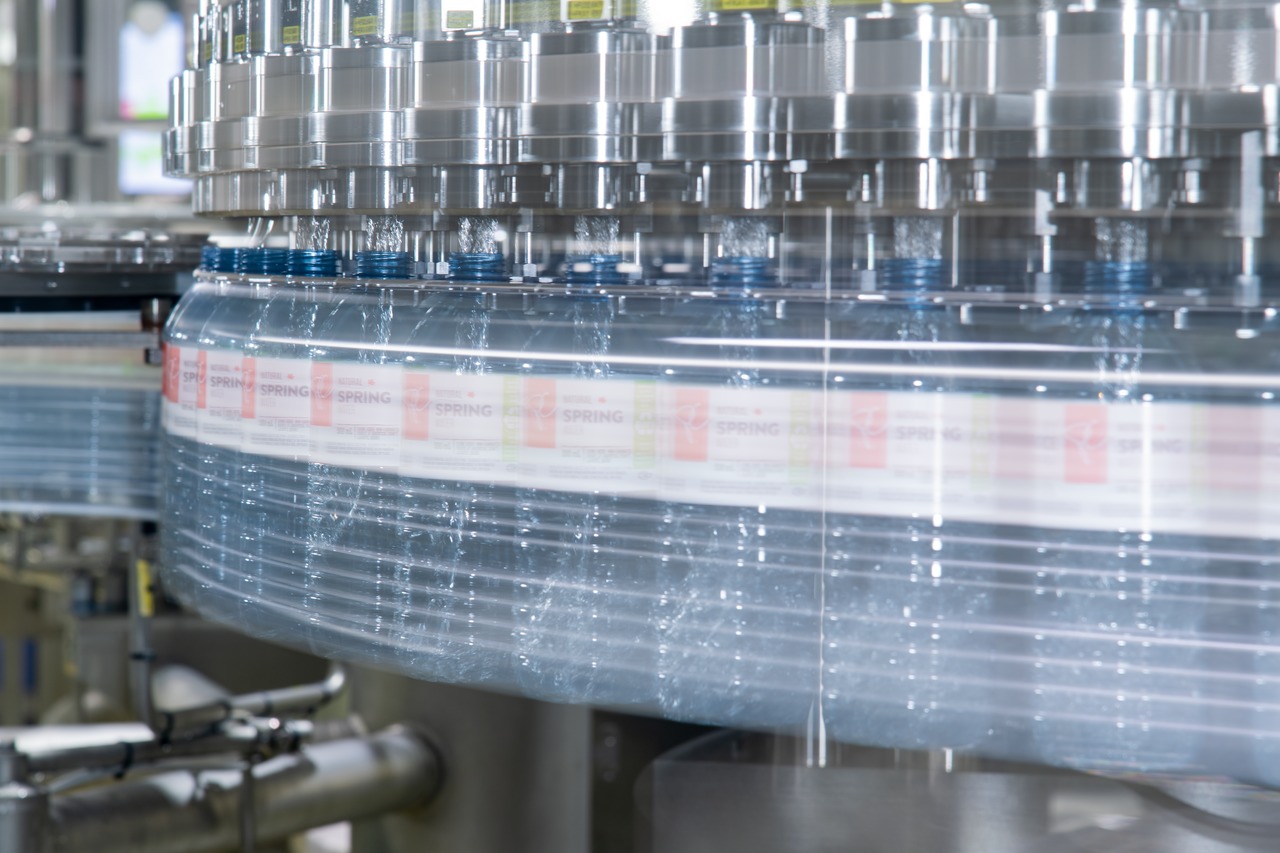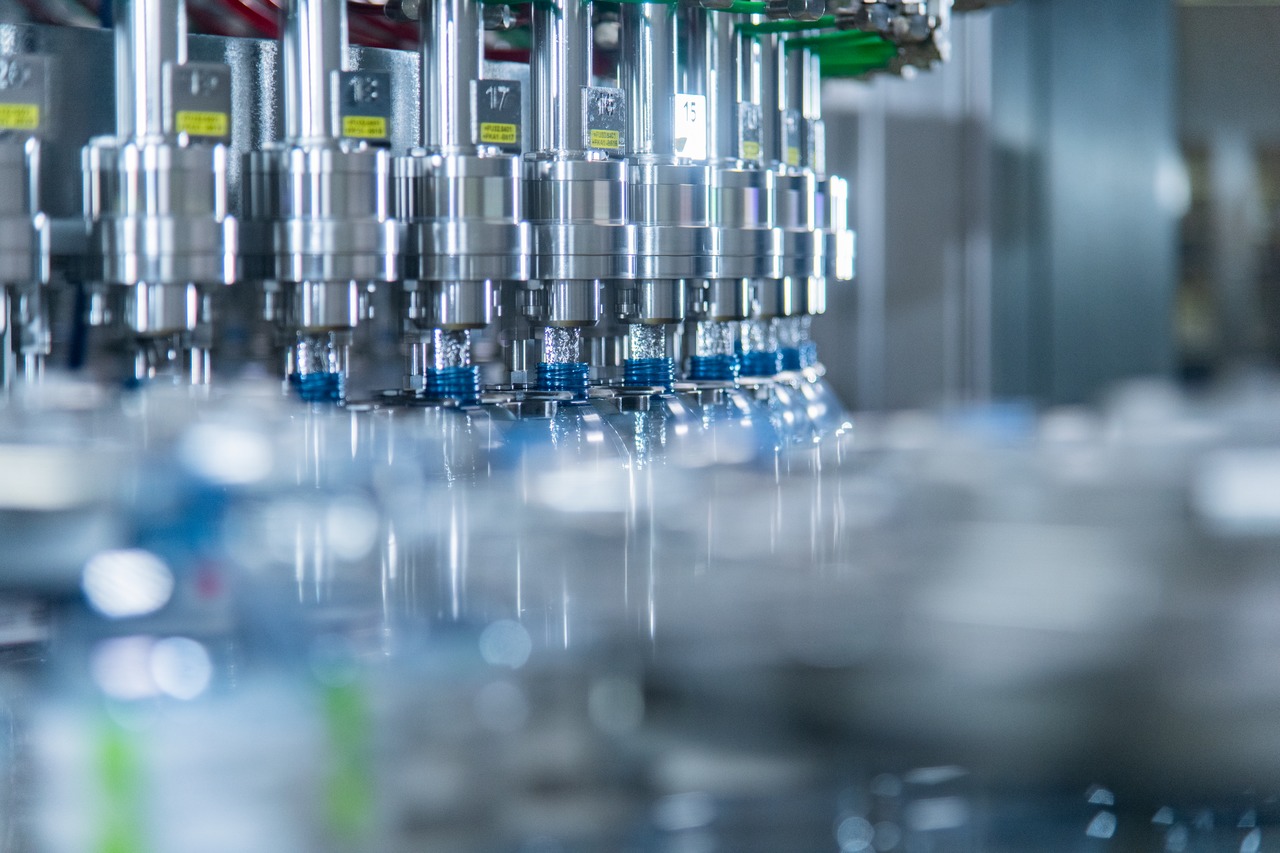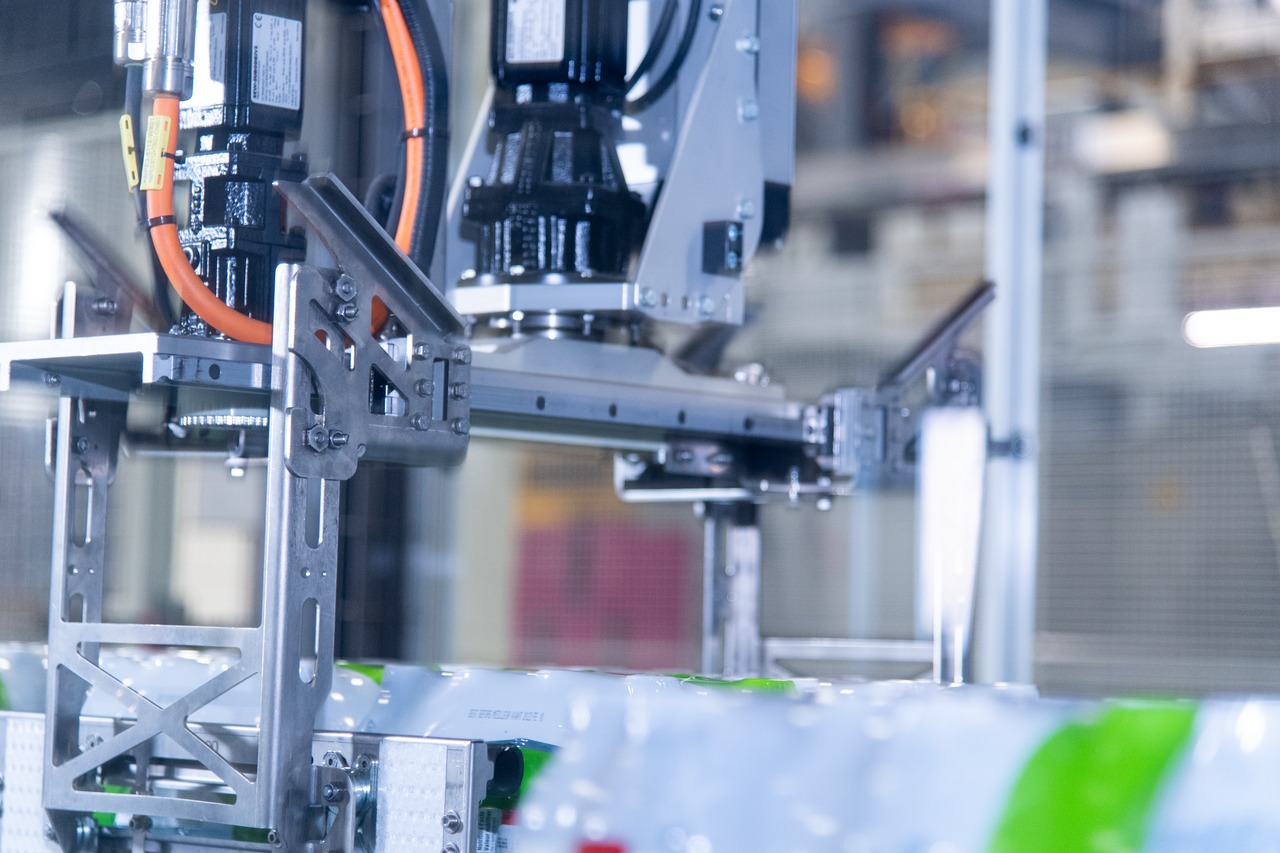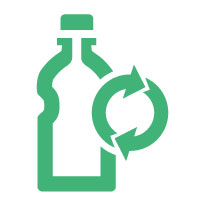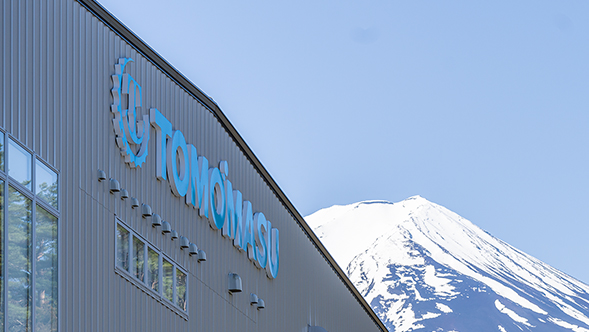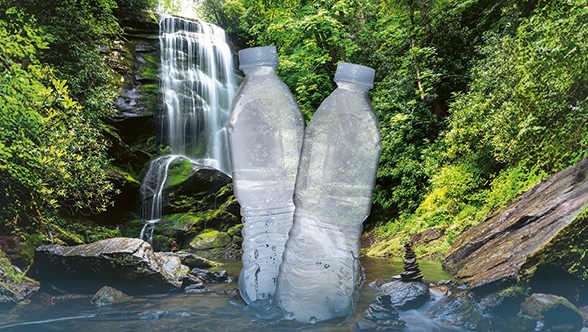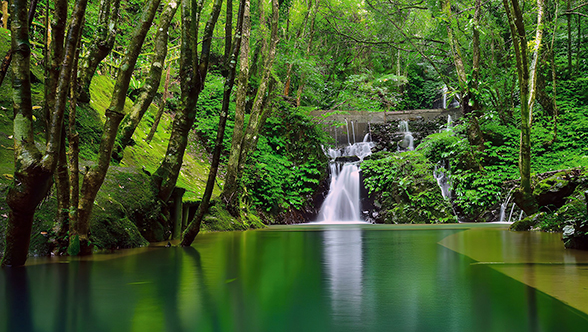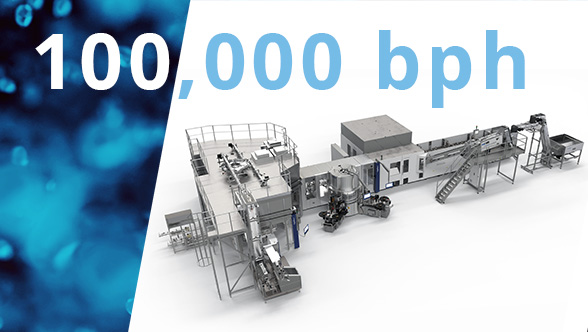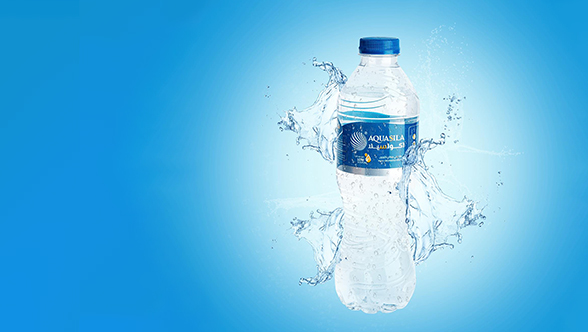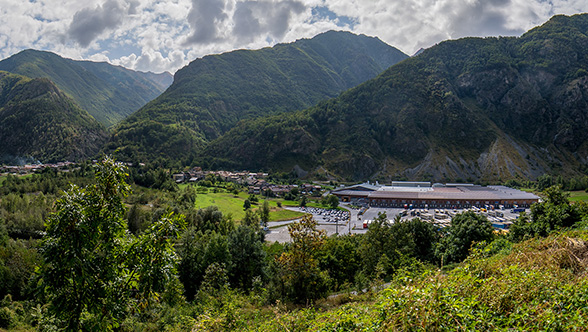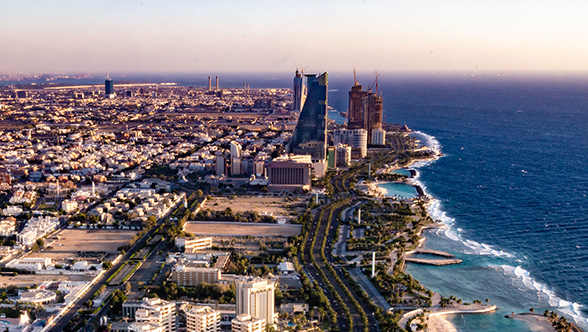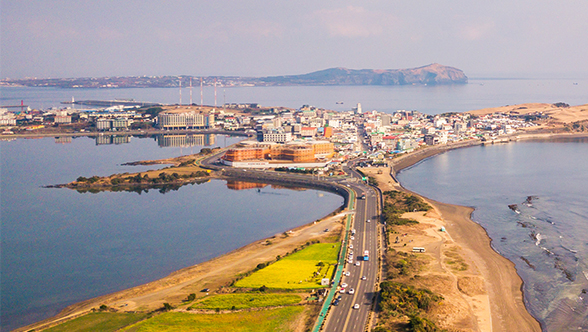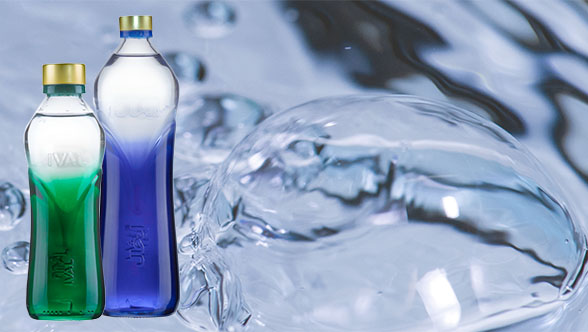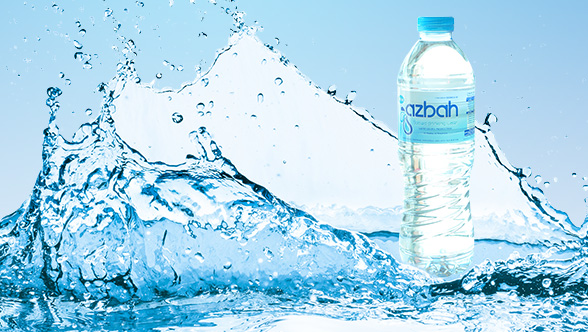As Sustainability Manager at Ice River Springs Co. and Blue Mountain Plastics, Crystal Howe has, of course, made sustainability a top priority. But she’s not alone. The entire company shares her passion. “Our philosophy is based on the three Ps: people, planet, and profit.” Howe firmly believes that coordinating the three Ps is crucial. “PET and plastics in general have been getting a lot of negative attention lately worldwide. But Ice River Springs is already ahead of the game. By completely reusing PET plastic in a closed loop, we’re being part of the solution.”
